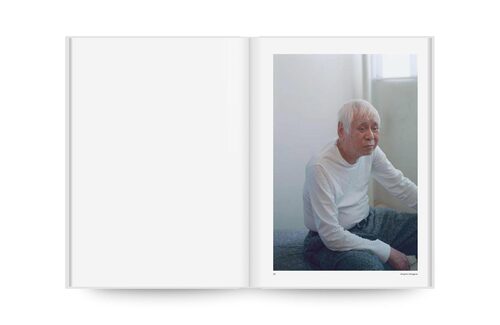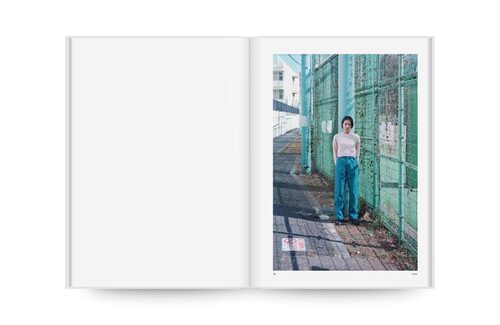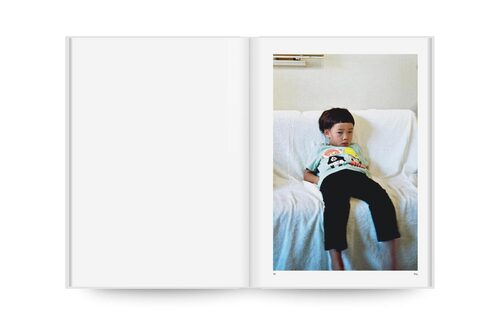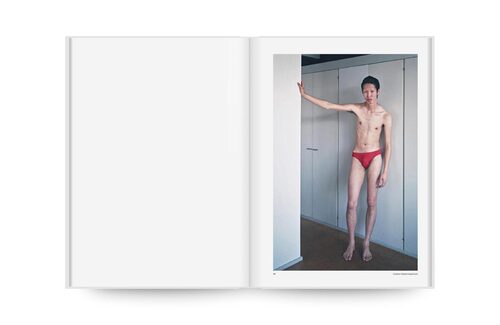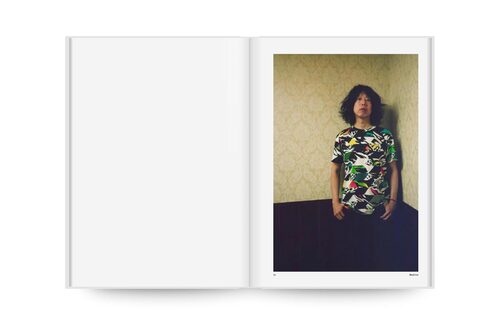$90.76
- Hardcover
- 232 pages
- 200 x 280 mm
- English
- Sep 2025
We are proud to announce the publication of Portrait of J by renowned Japanese photographer, Takashi Homma, a compelling new photobook featuring 111 portraits of the Japanese people, taken between 2002 and the present. While honoring the influence of his mentors such as Arata Isozaki, the Pritzker award winning architect and Takuma Nakahira, his co-founder of The Provoke Movement, Homma’s portraits represent a wide range of occupations and life experiences, spanning all generations. With quiet intensity and unmistakable clarity, he invites us to contemplate the everyday and extraordinary faces that form the social and cultural fabric of contemporary Japan.
Over the past four decades, Takashi Homma has become one of the most influential figures in Japanese photography. From his early exploration of Tokyo’s suburban landscape in Tokyo Suburbia (1998) to conceptual investigations of architecture, nature, and urban history, Homma’s work continues to challenge and expand photography’s role in visual culture. His influence extends far beyond Japan, with exhibitions and publications that contribute to a global conversation around identity, place, and the evolving language of the photobook.
Portrait of J joins the rich tradition of socially engaged portraiture, echoing seminal works such as August Sander’s Face of Our Time, Irving Penn’s Small Trades, and, more recently, Wolfgang Tillmans’s Portraits, Rineke Dijkstra’s studies of adolescents and Paul Graham’s End of an Age. In Japan, similar approaches resonate in the work of Shomei Tomatsu, whose postwar portraits offered intimate glimpses into daily life; Yoshihiko Ueda’s Portrait, which documented leading cultural figures; and Hiroh Kikai’s Asakusa Portraits, as well as Issei Suda’s Tokyo-kei and Katsumi Watanabe’s Shinjuku Guntōden 66/73—all of which captured the individuality and quiet dignity of anonymous Tokyoites.
What distinguishes Portrait of J is its intentional focus on ordinary individuals photographed with the same care and reverence often reserved for cultural icons. Shot across a variety of familiar, recognizable locations, mainly in urban environments, Homma’s portraits have an illuminating quality that reveal a psychological depth in their subjects. His approach is less overtly political than Tomatsu’s, more nationally reflective than Kikai’s or Watanabe’s, and more humanistic than Ueda’s. His portraits are guided by empathy and a desire to observe people as they are—free from manipulation or staging. The result is a more inclusive, nuanced visual representation of Japanese identity—expanding the lens through which Japanese people are seen both within Japan and internationally.
While Japan has long fascinated audiences in the U.S., Europe, and beyond—often admired for its aesthetics, traditions, and technological innovation—the lived realities of its people are often idealized, misunderstood, or overlooked. Portrait of J is especially meaningful in that it offers a platform for a Japanese photographer to speak directly, intentionally, and reflectively through his work—presenting a grounded and authentic portrait of contemporary Japan.
At once systematic and deeply personal, Portrait of J is a quiet yet powerful milestone in Takashi Homma’s enduring career—and a poignant, timely archive of the people who shape Japan today.

